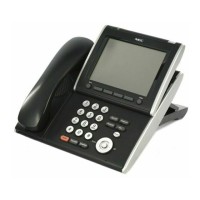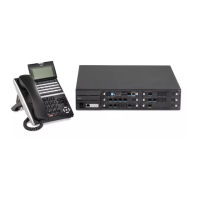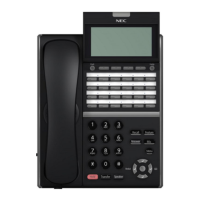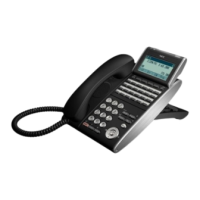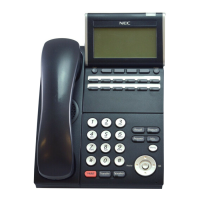Issue 2.0
SV9100 Networking Manual 4-45
GUIDE TO FEATURE PROGRAMMING
This guide provides a list of associated Programs that support this feature.
For Centralized Billing Installation
Program/
Item No.
Description/
Selection
Assigned Data Comments
14-01-24
Basic Trunk Data Setup –
Trunk-to-Trunk
Outgoing Caller ID
through Mode
0 = Off
1 = On
Default is 0
Enable Outgoing Caller ID through Mode for
each CCIS trunk to enable CPN information
to pass through the Tandem Office.
Tandem System Only
20-08-13
Class of Service Options
(Outgoing Call Service) –
ISDN CLIP
0 = Off (Default)
1 = On
Default is 1
Determine if the ISDN calling line identity
presentation and screening indicators are to
be allowed.
21-12-01
ISDN Calling Party Number
Setup for Trunks
Up to 16 digits max.
Default is No Setting
Assign each trunk a Calling Party Number.
When a call is made by an extension which
does not have an Extension Calling Number
assigned
(Program 21-13), the system sends the
calling number for the ISDN trunk defined in
21-12.
21-13-01
ISDN Calling Party Number
Setup for Extensions
Up to 16 digits max.
Default is No Setting
Assign each extension a Calling Party
Number.
Program/
Item No.
Description/Selection Assigned Data Comments
50-01-01
CCIS System Setting –
CCIS Availability
0 = Disable
1 = Enable
Default is 0
All CCIS settings lose functionality when 0 is
selected.
50-03-01
CCIS Destination System
Settings – Destination
Point Code
0~16367
Default is 0
Assign the destination transfer point code for
Tandem KTS.
50-07-01
CCIS Centralized Billing
Center Office – Destination
Point Code
0~16367
Default is 0
Assign point code for the Centralized Billing Office
PBX.
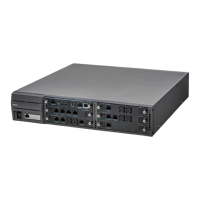
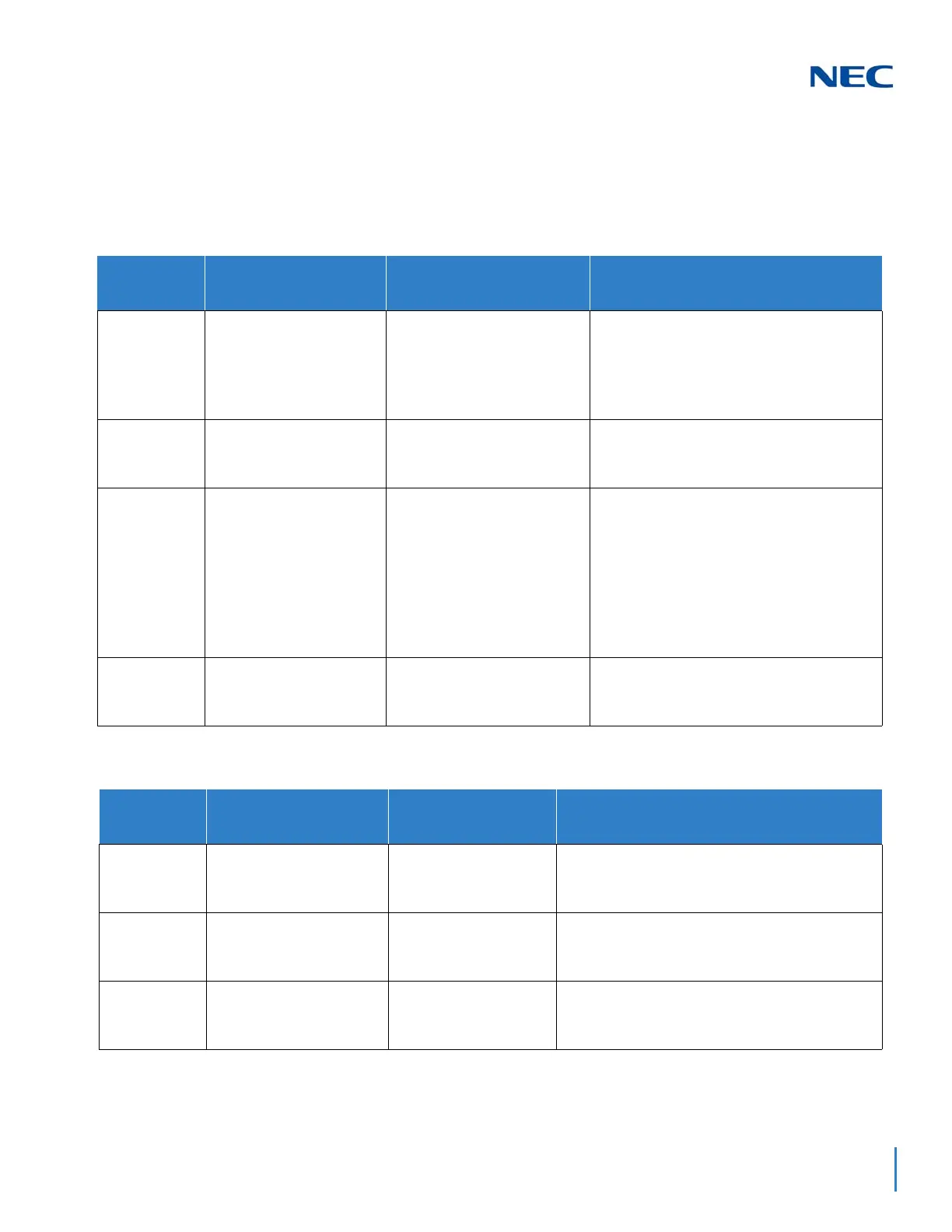